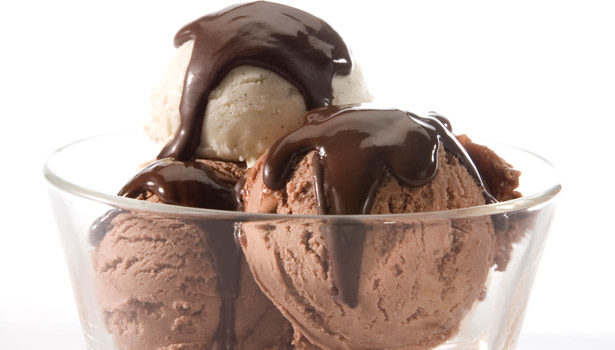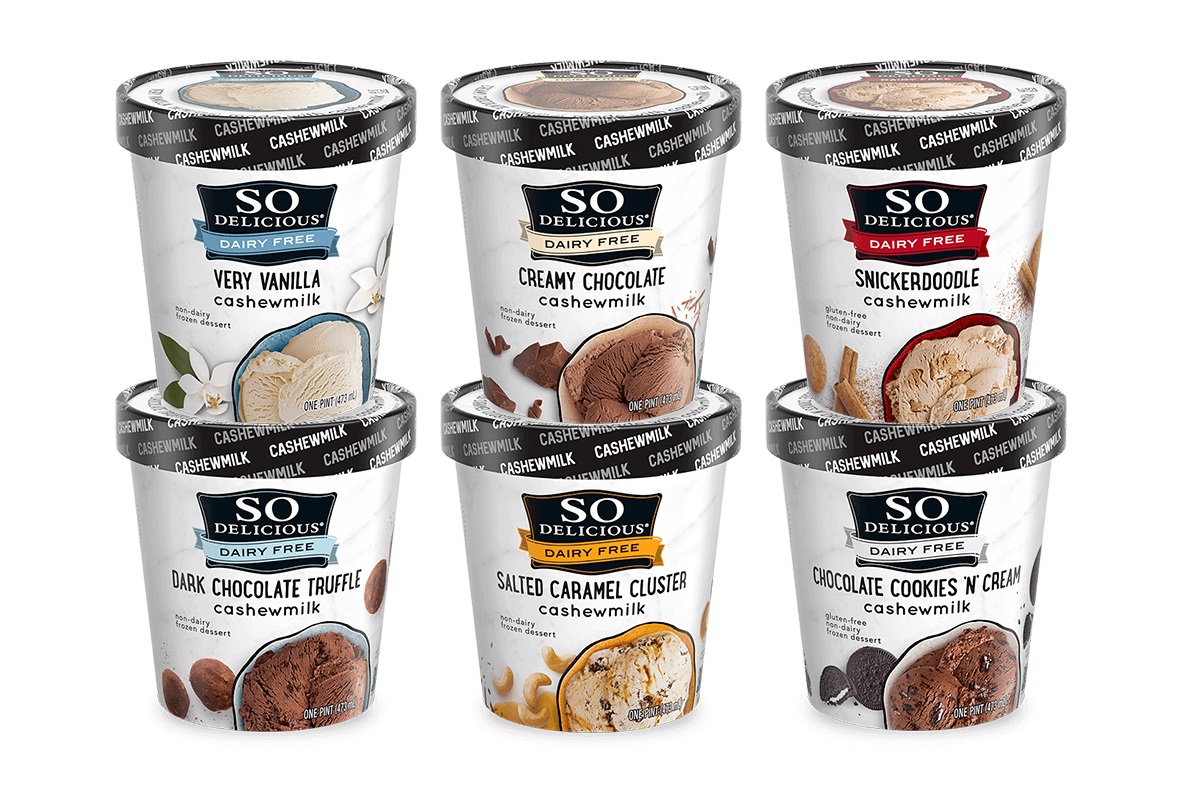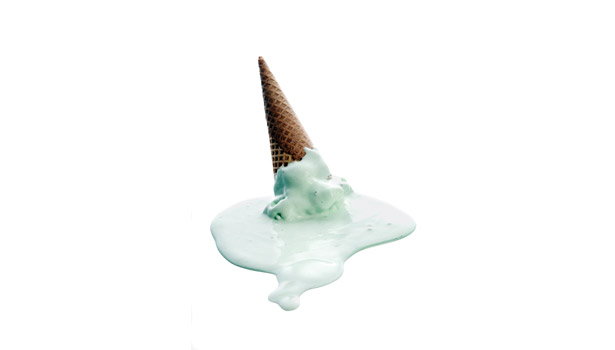Introduction

Ice cream is a beloved frozen dessert enjoyed by people of all ages. It is not only a delicious treat but also a staple in many culinary traditions around the world. However, for individuals who are lactose intolerant or have dietary restrictions, understanding the dairy content of ice cream is crucial.
This article aims to delve into the composition of ice cream and shed light on its dairy content. By exploring the ingredients and factors that affect the dairy content, readers will gain a clear understanding of whether ice cream can be classified as a dairy product.
Additionally, this article will discuss non-dairy alternatives for those who are unable to consume traditional dairy-based ice cream. By providing a comprehensive overview of ice cream’s dairy content, readers will be able to make informed choices when it comes to their frozen dessert preferences.
A Brief Overview Of The Topic And Why Understanding Ice Cream’s Dairy Content Is Important
Understanding the dairy content of ice cream is crucial for individuals with lactose intolerance or dietary restrictions. Ice cream is a popular frozen dessert enjoyed by people of all ages, but its dairy content can pose challenges for those who cannot consume or prefer to avoid dairy products. By being aware of the dairy content, individuals can make informed choices about their frozen dessert preferences.
Ice cream is primarily made from milk, and the presence of milkfat gives it its smooth and creamy texture. In fact, to be classified as ice cream, it is required to contain at least 10 percent milkfat, which can come from milk or cream. Additionally, other dairy ingredients such as milk proteins and lactose may also be present in ice cream.
Understanding the dairy content is not only important for those with specific dietary needs but also for individuals who may have allergies or sensitivities to dairy products. By being knowledgeable about the ingredients and the factors that affect the dairy content, individuals can explore non-dairy alternatives that still provide a similar taste and texture.
In conclusion, having a clear understanding of ice cream’s dairy content allows individuals to make informed choices about their dessert options based on their dietary needs and preferences.
What Is Ice Cream?
Ice cream is a beloved frozen dessert enjoyed by people around the world. It is made primarily from milk, and the presence of milkfat gives it its rich and creamy texture. In order to be classified as ice cream, it must contain at least 10 percent milkfat, which can be derived from either milk or cream.
Apart from milkfat, ice cream also contains other dairy ingredients such as milk proteins and lactose. These components contribute to the overall taste and texture of the ice cream.
Ice cream is typically sweetened with sugar, flavored with various ingredients such as vanilla, chocolate, or fruit, and can be infused with additional mix-ins like nuts or cookies. The mixture is churned and frozen to create a smooth and indulgent treat loved by many.
Understanding what ice cream is and its dairy content is essential for individuals with lactose intolerance or dietary restrictions who need to make informed choices about their dessert options.
Exploring The Composition And Ingredients Of Ice Cream

Ice cream is a delicious frozen treat that brings joy to people of all ages. It is important to understand its composition and ingredients to appreciate its taste and make informed choices about consumption.
The main components of ice cream include ice crystals, air, fat globules, sugar (typically sucrose), and flavoring agents. These ingredients work together to create the creamy texture and sweet taste that we love.
Ice crystals give ice cream its structure and texture. The size and distribution of these crystals are influenced by the freezing process. The presence of air, also known as overrun, gives ice cream its light and airy consistency.
Fat globules, derived from milk or cream, contribute to the richness and smoothness of ice cream. The amount of fat present determines the creaminess of the final product.
Sugar provides sweetness and helps maintain the frozen state of ice cream. It also influences the freezing point of the mixture.
Flavoring agents, such as vanilla, chocolate, or fruit extracts, add the distinct taste to ice cream. Additionally, mix-ins like nuts, cookies, or swirls can enhance the overall flavor and texture experience.
Understanding the composition and ingredients of ice cream allows us to appreciate its complex nature and make informed decisions about its consumption.
Dairy Products In Ice Cream
Dairy products play a crucial role in the composition of traditional ice cream. Ice cream is typically made with milk and cream, both of which are considered dairy products. Milk and cream contain protein, lactose (milk sugar), minerals, and vitamins, which contribute to the nutritional profile of ice cream.
Milk, being the primary dairy ingredient, provides the base for ice cream. It adds smoothness, richness, and a creamy texture to the frozen treat. Cream, on the other hand, has a higher fat content than milk and further enhances the creaminess of ice cream.
In addition to milk and cream, other dairy ingredients, such as condensed milk or evaporated milk, may be used in certain ice cream recipes to add sweetness and richness. Butter or butterfat may also be included to enhance the flavor and texture.
Overall, dairy products are key components of ice cream, giving it its characteristic taste, texture, and mouthfeel.
Identifying The Presence Of Dairy Ingredients In Ice Cream
When it comes to identifying the presence of dairy ingredients in ice cream, it is important to look at the label and ingredients list. Milk and cream, which are both dairy products, are the primary ingredients in traditional ice cream. These ingredients provide the creamy texture and richness that we associate with ice cream. Other dairy ingredients like condensed milk or evaporated milk may also be used to add sweetness and richness to the frozen treat. Butter or butterfat can also be included to enhance the flavor and texture. By reading the label and ingredients list, consumers can easily identify if a particular ice cream product contains dairy or not. It is crucial for individuals with lactose intolerance or dietary restrictions to check for dairy ingredients in ice cream alternatives.
Non-dairy Alternatives

Exploring non-dairy options is essential for individuals with lactose intolerance or dietary restrictions. Non-dairy ice cream alternatives have gained popularity in recent years and offer a range of options for those looking to enjoy a frozen treat without dairy ingredients.
These alternatives are typically made with plant-based milk substitutes such as almond, coconut, soy, or oat milk. These milk alternatives can provide a creamy texture and a similar taste to traditional dairy ice cream. They are also often fortified with vitamins and minerals to mimic the nutritional value of dairy.
Many non-dairy ice cream brands prioritize using natural and wholesome ingredients, avoiding the use of artificial preservatives and additives. By opting for non-dairy alternatives, individuals can indulge in their favorite frozen dessert while meeting their dietary needs.
However, it is essential to read the labels and ingredients list carefully, as some non-dairy options may still contain traces of dairy or other allergens. It is always best to choose brands that clearly state their products are lactose-free or vegan-friendly to ensure the absence of dairy.
Exploring Non-dairy Options For Individuals With Lactose Intolerance Or Dietary Restrictions
Individuals with lactose intolerance or dietary restrictions can explore a variety of non-dairy options when it comes to enjoying ice cream. These alternatives provide a great solution for those who want to indulge in a frozen treat without consuming dairy products. Non-dairy ice cream is typically made with plant-based milk substitutes such as almond, coconut, soy, or oat milk.
These non-dairy alternatives offer a creamy texture and a taste that is similar to traditional dairy ice cream. Many brands prioritize using natural and wholesome ingredients, avoiding the use of artificial preservatives and additives. It is important, however, to read the labels carefully and choose brands that clearly state their products are lactose-free or vegan-friendly.
By opting for non-dairy alternatives, individuals can satisfy their ice cream cravings while meeting their dietary requirements. These options not only cater to those with lactose intolerance but also provide a delicious choice for individuals with vegan, plant-based, or other dietary restrictions. So, whether you’re lactose intolerant or following a specific diet, non-dairy ice cream allows you to enjoy a guilt-free frozen dessert.
Factors Affecting Dairy Content
Several factors can affect the dairy content in ice cream. First and foremost, the choice of milk used in the production process plays a crucial role. Traditional dairy ice cream is made with cow’s milk, which naturally contains lactose and other dairy components. However, non-dairy alternatives use plant-based milks such as almond, coconut, soy, or oat milk, which are naturally free of lactose.
Furthermore, the type and amount of additional dairy ingredients, such as cream or milk solids, can also impact the dairy content. Higher quantities of these ingredients will result in a higher dairy content in the final product. On the other hand, the use of stabilizers and emulsifiers can help improve the texture and consistency of non-dairy ice creams, but they do not contribute to the dairy content.
Overall, individuals with lactose intolerance or dietary restrictions should carefully read the labels and choose non-dairy ice creams that clearly state their lactose-free or vegan-friendly status. By considering these factors, one can enjoy a delicious frozen dessert while adhering to their dietary requirements.
[16]
Understanding How Different Factors Can Affect The Dairy Content In Ice Cream

Several factors can impact the dairy content in ice cream. The choice of milk used in the production process is vital. Traditional dairy ice cream made with cow’s milk contains lactose and other dairy components. In contrast, non-dairy alternatives use plant-based milks like almond, coconut, soy, or oat milk, which are naturally lactose-free.
The type and amount of additional dairy ingredients, such as cream or milk solids, also affect dairy content. Higher quantities of these ingredients increase the dairy content in the final product. On the other hand, stabilizers and emulsifiers improve texture but do not contribute to the dairy content.
For those with lactose intolerance or dietary restrictions, it is crucial to carefully read labels and choose non-dairy ice creams that are clearly labeled as lactose-free or vegan-friendly. By considering these factors, individuals can enjoy delicious frozen desserts while adhering to their dietary requirements.
Conclusion
In conclusion, understanding the dairy content of ice cream is essential for individuals with dietary restrictions or lactose intolerance. Although ice cream is traditionally made with cow’s milk and contains lactose and other dairy components, there are also non-dairy alternatives available that use plant-based milks like almond, coconut, soy, or oat milk. It is important to carefully read labels and choose ice creams that are clearly labeled as lactose-free or vegan-friendly to meet specific dietary needs.
Factors such as the type and amount of dairy ingredients, such as cream or milk solids, can impact the dairy content of ice cream. Higher quantities of these ingredients increase the dairy content, while stabilizers and emulsifiers enhance texture without contributing to the dairy content.
By considering these factors and making informed choices, individuals can enjoy delicious frozen desserts while adhering to their dietary requirements. Whether opting for traditional dairy ice cream or non-dairy alternatives, there is a wide range of options available to suit various dietary preferences.
Summary Of Key Points And Understanding The Dairy Content In Ice Cream
Understanding the dairy content of ice cream is essential for individuals with dietary restrictions or lactose intolerance. Ice cream is typically made with cow’s milk and contains lactose and other dairy components. However, there are non-dairy alternatives available that use plant-based milks like almond, coconut, soy, or oat milk. It is important to carefully read labels and choose ice creams that are clearly labeled as lactose-free or vegan-friendly to meet specific dietary needs. The amount and type of dairy ingredients used, such as cream or milk solids, can impact the dairy content of ice cream. Higher quantities of these ingredients increase the dairy content, while stabilizers and emulsifiers enhance texture without contributing to the dairy content. By considering these factors and making informed choices, individuals can enjoy delicious frozen desserts while adhering to their dietary requirements.
Frequently Asked Questions (FAQ) – Is Ice Cream a Dairy Product?
Q: Is ice cream considered a dairy product?
A: Yes, ice cream is indeed classified as a dairy product. It is typically made by combining dairy ingredients such as milk, cream, and sometimes even butterfat.
Q: Why is ice cream considered a dairy product?
A: Ice cream is labeled as a dairy product because it is primarily made from milk and cream. These ingredients provide the creamy texture and richness that we associate with ice cream.
Q: Can ice cream be made without dairy?
A: While traditional ice cream recipes call for dairy ingredients, there are several non-dairy alternatives available in the market today. These alternatives are often made using plant-based milks such as almond milk, coconut milk, or soy milk.
Q: Is all ice cream made with dairy?
A: No, not all ice cream is made using dairy. As mentioned earlier, there are non-dairy alternatives available for those who have dietary restrictions or prefer not to consume dairy products.
Q: Are there any health benefits of consuming dairy-based ice cream?
A: Dairy-based ice cream contains essential nutrients such as calcium, protein, vitamins, and minerals found in milk and cream. However, it is important to note that ice cream is also high in calories, sugar, and saturated fat, so moderation is key.
Q: Do all ice cream flavors contain dairy?
A: While the majority of traditional ice cream flavors contain dairy, there are some flavors that do not, especially in the case of non-dairy or vegan ice creams. These flavors are often created using alternative ingredients like fruits, nuts, or plant-based milks.
Q: How can I identify if an ice cream product contains dairy?
A: To determine whether an ice cream product contains dairy, you can check the ingredient list on the packaging. Dairy ingredients such as milk, cream, butterfat, or any derivative word indicating dairy will be listed.
Q: Are there any other dairy-based frozen desserts similar to ice cream?
A: Yes, there are several dairy-based frozen desserts similar to ice cream, such as gelato, frozen custard, and soft serve. These desserts also incorporate milk or cream, but they may vary in terms of ingredients and preparation methods.
Q: Can individuals with lactose intolerance consume dairy-based ice cream?
A: Individuals with lactose intolerance may experience difficulties digesting lactose, a sugar found in milk and dairy products. However, some people with lactose intolerance can tolerate small amounts of lactose, so they may still be able to enjoy dairy-based ice cream in moderation. Lactose-free ice cream options are also available in certain stores.
In summary, ice cream is categorized as a dairy product due to its primary ingredients, milk and cream. However, non-dairy alternatives exist for those who follow a non-dairy or plant-based diet. It is essential to read the ingredient list to identify whether ice cream contains dairy or opt for lactose-free or vegan options if necessary.

Soo Good Snack Bar is an upscale snack shop located at 1309 Hermosa Ave. in Hermosa Beach, CA. This family-owned business is the newest addition to the community of Hermosa, and our goal is to create a fun and inviting place where families can enjoy delicious snack foods that fit the beach lifestyle. Check us out today and help yourself to happiness.
